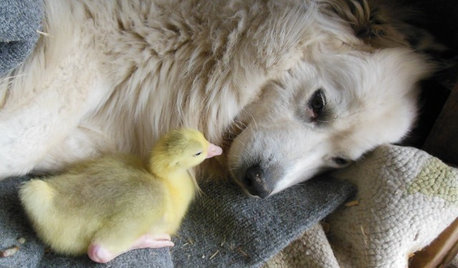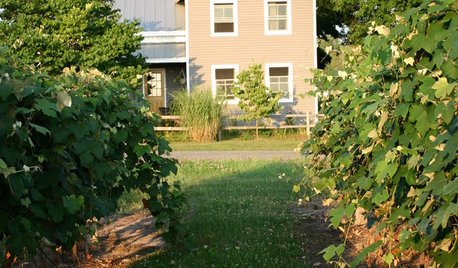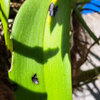My very annoying Catasetum AGAIN
aachenelf z5 Mpls
17 years ago
Related Stories

LIFELate Again? Eliminate the Things Holding You Up in the Morning
If you find yourself constantly running late for appointments, work and get-togethers, these tips could help
Full Story
LIFEHow to Fall Head Over Heels for Your Partner Again
Bring back that loving feeling this Valentine’s Day, and you just might live happily ever after
Full Story
FUN HOUZZ14 Things You Need to Start Doing Now for Your Spouse’s Sake
You have no idea how annoying your habits at home can be. We’re here to tell you
Full Story
HOUZZ TV FAVORITESHouzz TV: Life, Love and Purpose Down on the Farm
A Missouri native proves that you can go home again — and discover something entirely unexpected
Full Story
LIFEYou Showed Us: 20 Nutty Home Fixes
We made the call for your Band-Aid solutions around the house, and you delivered. Here's how you are making what's broken work again
Full Story
DECORATING GUIDESThey're Baaack: 7 Retro Design Features Making a Comeback
You may have thought (hoped?) you'd never see them again, but these design blasts from the past are better than ever
Full Story
DOORSKnow Your House: Interior Door Parts and Styles
Learn all the possibilities for your doors, and you may never default to the standard six-panel again
Full Story
FURNITUREHanging Furniture for Swinging Rooms
Hammocks, air chairs and hanging beds for the indoors make furniture fun again
Full Story
KITCHEN DESIGNTrend Alert: Swinging Doors Can't Miss for Convenience
Create accessibility and elegance in one fell swoop with a swinging door modernized for today's homes
Full Story






clintdawley
jorch
Related Discussions
Yippee, won a Catasetum
Q
Lookin' at this Catasetum and smoking my crack pipe
Q
crushcalculator annoying ad persists
Q
Very annoyed. 2yr old WP Duet has bit the dust.
Q
aachenelf z5 MplsOriginal Author
mark15
howard_a
orchidguyftl
cbarry
aachenelf z5 MplsOriginal Author
howard_a
risingpower1
howard_a
cbarry
howard_a
mark15
aachenelf z5 MplsOriginal Author
cbarry
howard_a
howard_a
sdahl
cbarry
cjwatson
johnndc
howard_a
cjwatson
clintdawley
thesnowpea
aachenelf z5 MplsOriginal Author
aachenelf z5 MplsOriginal Author
cbarry
howard_a
clintdawley
cbarry
aachenelf z5 MplsOriginal Author
howard_a
cbarry
aachenelf z5 MplsOriginal Author
cbarry
cjwatson
mark15
howard_a
cbarry
cjwatson
aachenelf z5 MplsOriginal Author
cjwatson
aachenelf z5 MplsOriginal Author
cjwatson
cbarry
risingpower1
aachenelf z5 MplsOriginal Author
mark15